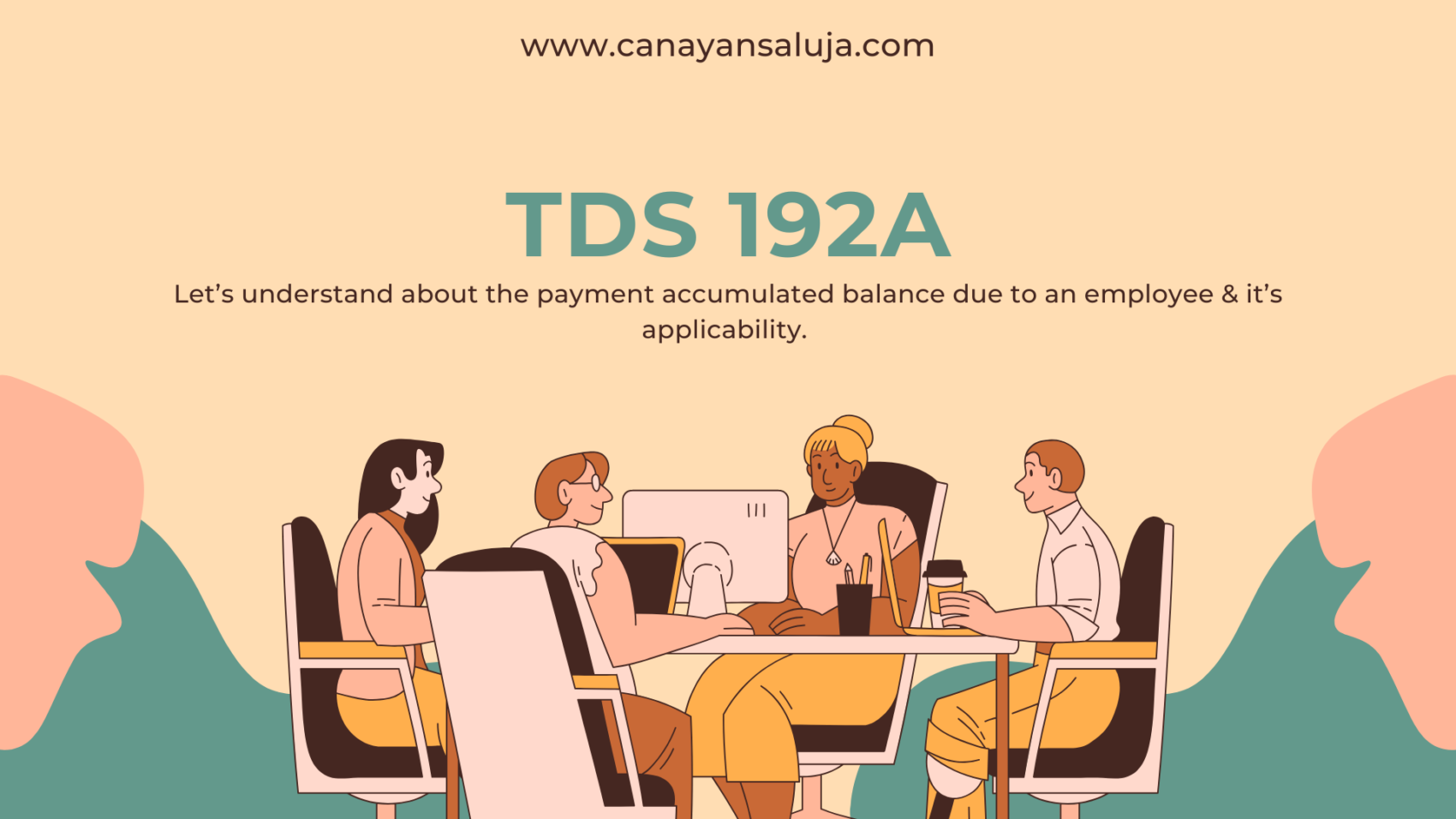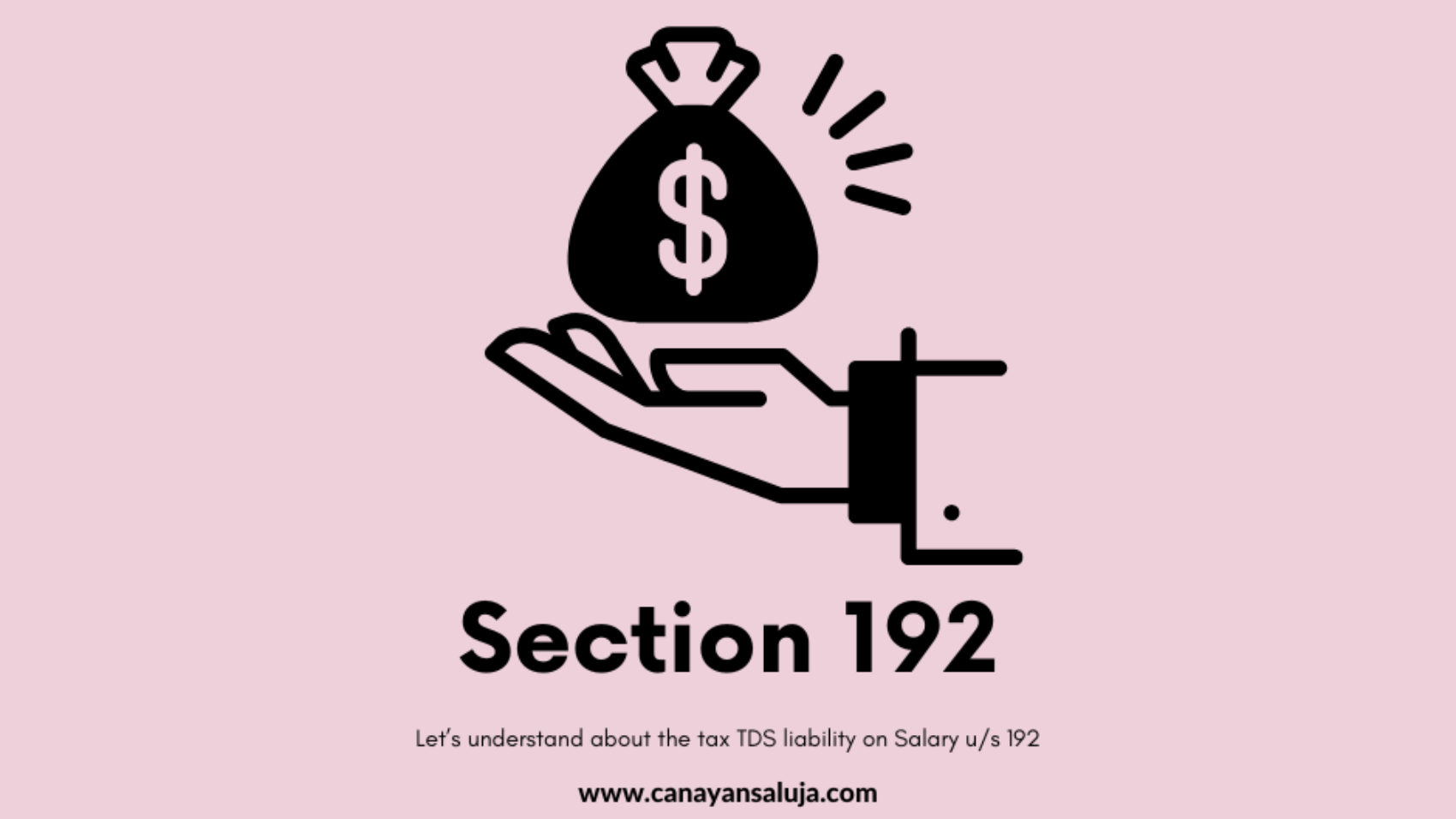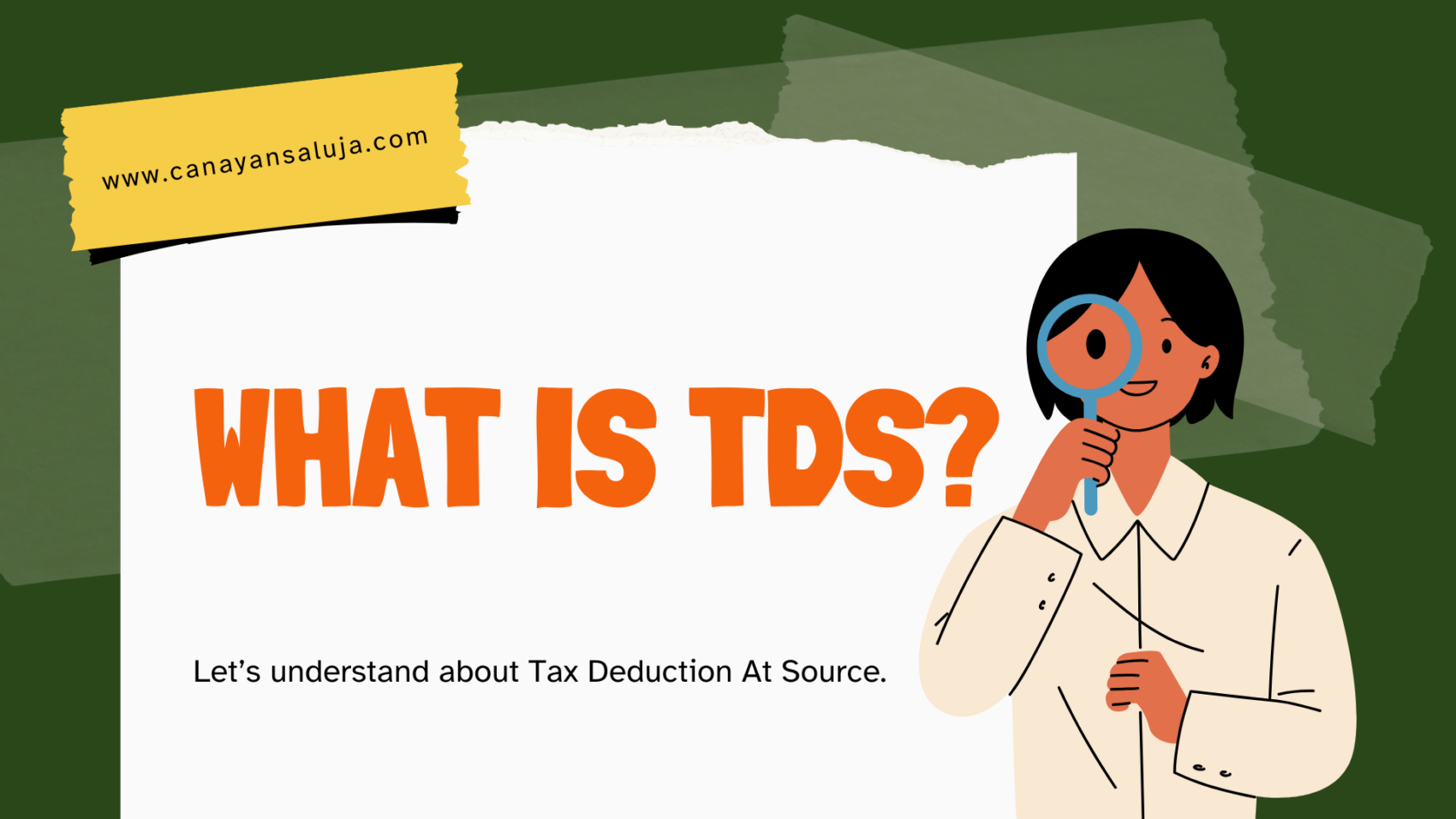TDS U/S 194C: GUIDE ON TDS ON PAYMENT TO CONTRACTORS
TDS stands for Tax Deducted at Source. TDS is a kind of tax that is deducted by the payer before making certain payments like Salary, Rent, Commission, Interest, Royalty, Professional Fees etc. to the payee.
TDS is required to be deducted at the source if the money to be paid and the money already paid exceeds a specified amount.
The Payee can claim this tax deducted by the payer while paying his income tax liability for the year, and if the TDS deducted is more than the income tax liability of the assessee then he/ she will be entitled to a refund.
The main purpose of introduction of TDS was to reduce the Tax evasion by the person receiving the income.
Note: –
Payer- A payer is a person or organization who is responsible for deducting TDS before paying the amount to Payee.
Payee- A Payee is a person or organization who receives the payment from the payee after the TDS deduction.
Section 194C of Income Tax Act, 1961 mandates that TDS to be deducted by the payer while making payment to contractors or sub-contractors.
TDS is required to be deducted: –
Or
Few examples of date of deduction are: –
|
S.no |
Date of Payment |
Date of crediting the party in books of accounts |
Date of TDS deduction |
|
1. |
30/04/2024 |
30/04/2024 |
30/04/2024 |
|
2. |
30/04/2024 |
01/05/2024 |
30/04/2024 |
|
3. |
01/05/2024 |
30/04/2024 |
30/04/2024 |
|
4. |
01/05/2026 |
30/04/2024 |
30/04/2024 |
Any person other than Individuals and HUF (Individuals and HUF required to deduct TDS, if last year turnover is more than Rs. 1 crore in case of business or gross receipts more than Rs. 50 lakhs in case of profession.) are required to deduct TDS while making payments to contractors or sub–contractors during the F.Y.
NOTE: –
This section i.e. TDS on payments to contractors or sub-contractors is not applicable while making such payments to non-resident contractors or sub-contractors.
Example: –
Wings Ltd has paid amount od Rs. 15 lakhs during the year ended 2024-25 to Airports Authority of India towards landing and packing charges does it attract TDS under 194C?
Answer- The Landing & parking charges which are fixed by the Airports Authority of India are not merely for the use of land. These charges are also for services and facilities offered in connection with the aircraft operations at the airport which include providing air traffic services, ground safety services, aeronautical communication facilities, installation and maintenance of navigational aids and meteorological services at the airport.
Hence tax under section 194C @2% is deductible by wings ltd on payment od Rs. 15 lakhs to the Airport Authority of India.
The TDS rate under this Section is: –
|
Sl no. |
Nature of payment |
Tds if pan is available |
Tds if pan not available |
|
1. |
Payment to resident Individual/ HUF |
. 1% |
. 20% |
|
2. |
Payment to any resident person other than resident Individual/ HUF |
. . 2% |
. . 20% |
|
3. |
Transporter owning not more than 10 vehicles |
. Nil |
. 20% |
No TDS if: –
The due date for deposit of TDS is as below: –
|
Month |
Due Date |
|
April |
On or before 7th May. |
|
May |
On or before 7th June. |
|
June |
On or before 7th July. |
|
July |
On or before 7th August. |
|
August |
On or before 7th September. |
|
September |
On or before 7th October. |
|
October |
On or before 7th November. |
|
November |
On or before 7th December. |
|
December |
On or before 7th January. |
|
January |
On or before 7th February. |
|
February |
On or before 7th March. |
|
March |
On or before 30th April. |
TDS is to be deposited monthly on the dates mentioned above but the return is to be filed quarterly on or before the below mentioned dates: –
|
Quarter |
Period |
Due date (TDS filing) |
|
1St quarter |
April-June |
31st July. |
|
2nd quarter |
July-September |
31st October. |
|
3rd quarter |
October- December |
31st January. |
|
4th quarter |
January- March |
31st May. |
TDS under this section has to filed quarterly through FORM 26Q and the deductor has to issue FORM 16A to the employee after filing of return.
Following penalties/fees will be levied if there is delay in TDS deduction or delay in deposit of TDS or non-filing of quarterly return.
|
Particulars |
Penalty |
|
TDS not deducted on time. |
1% per month or part of month. |
|
TDS deducted but not deposited before due date |
1.5% per month or part of month. |
|
TDS return not file on or before due date |
200 per day maximum till TDS amount. |
FREQUENTLY ASKED QUESTIONS?
Q. Whether TDS is required to be deducted under 194C if payment is made to non-resident?
A. NO, this section only covers payment of contract or subcontract to resident person only. So, payment made to non- resident is not covered under 194C.
Q. Does office maintenance charges comes under this Section?
A. Yes, TDS on office maintenance is deducted under 194C.
Q. At what amount TDS is to be deducted at gross amount or net amount?
A. TDS should be deducted at the amount after deduction of all taxes like Gst.
Q. Is it mandatory to have written contract to attract TDS under this section?
A. NO, it is not mandatory to have written contract to attract TDS under section 194C.
Q. Landing & Packing charges to Airport authorities by airline companies attract TDS under 194C or 194I?
A. Since, the charges is not merely for the use of land but also for various other services provided like air traffic services, ground safety services etc. so TDS is not deductible under 194I it is deductible under 194C.
Q. Is TDS liable under section 194C if payment is made to advertisement agency?
A. Yes, the payment made to advertisement agency is included in the definition of work therefore it is liable for TDS deduction under 194C.
Q. TDS on payments by broadcaster/ telecaster to production houses for production of content for broadcasting/ telecasting.
A. Where the content is produced as per specification of broadcaster and the copyright of the content is also transferred to them then such contract is covered under the definition of the term work u/s 194C, and it is subject to TDS u/s 194C.
Where telecaster acquires only the telecasting rights of the content already produced by the production house (eg. Rights of original Ramayan) then it is not covered under 194C and not TDS is deductible under 194C.











